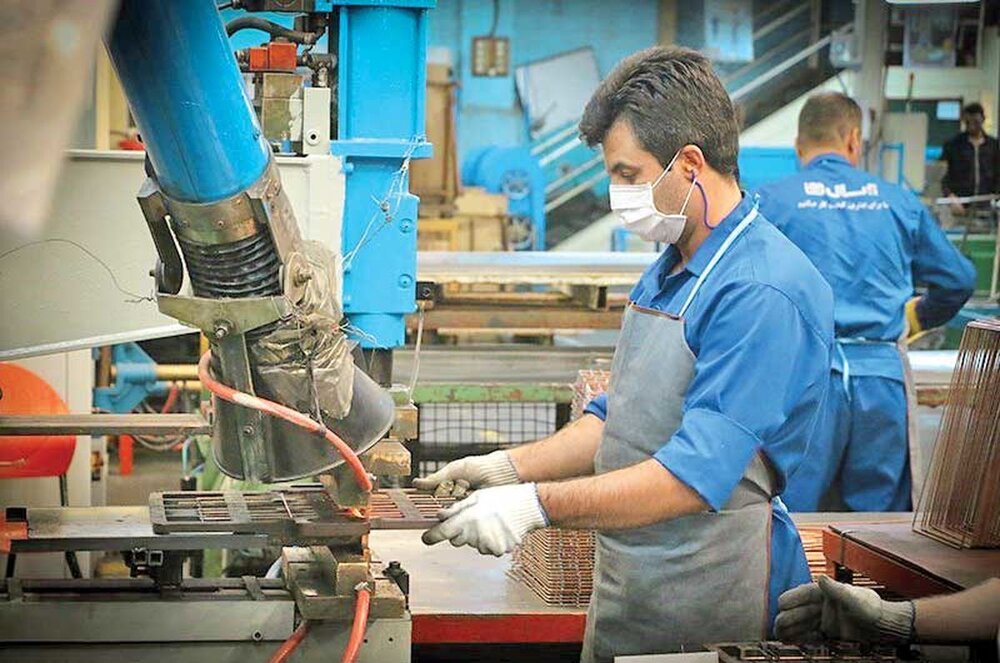Key role of health houses in maintaining quality workforce

TEHRAN – There are 4,000 health houses in the country, and more than one million workers are covered by the services of these centers, Hojjatollah Abdolmaleki, the minister of cooperatives, labor, and social welfare, has announced.
The issue of health has always been one of the main indicators of social welfare and attention to the health of the workforce has been on the agenda of governments.
The Iranian labor law also emphasizes the importance of observing safety and health at work; According to a note in Article 96 of the Labor Law, the Ministry of Health is responsible for planning, controlling, evaluating, and inspecting occupational health and is obliged to take the necessary measures in this regard.
With the cooperation of employers, 110 occupational health houses have been set up and are providing health services to 500,000 workers, Abdolmaleki stated, IRIB reported.
There are currently 3,777 occupational health centers across the country, covering one million workers in the field of physical and mental health, he added.
The population of one million covered by occupational health services should reach three million with proper planning, he further noted.
Today, mental health is considered a key factor in preventing social harm in the working environment, which should be paid special attention to because one of the most important sustainable supports of society in any country is its skilled and healthy workforce.
The scheme for setting up health houses started in 1987 with the cooperation of the ministries of labor and health and the Social Security Organization.
There are currently 3,777 occupational health centers across the country, covering one million workers in the field of physical and mental health. Educating workers and employers on public health and occupational health issues, vaccinating workers against infectious diseases, preventing accidents and work-related diseases, and providing health care to pregnant working mothers are among the main goals of the project.
Iran's commitment to universal health coverage
Iran has gone far to establish a Primary Health Care (PHC) system in 1981, now covering a population of approximately 82 million rural and urban residents, is considered a great step toward universal health coverage, Dr. Mohammad Hossein Niknam, an immunologist at Tehran University of Medical Sciences, in an exclusive interview told the Tehran Times.
Referring to the most important outcomes of the comprehensive health network, Niknam stated that accessible health services, public health coverage, comprehensive health service packages, affordable health services, and appropriate spaces were among the main goals of the PHC system.
Community participation, empowering people, promoting community health education, coordination, and cooperation within and outside the network were also the other outcomes, he added.
Elsewhere in his remarks, he said that “easy access to healthcare services along with lowering public spending on healthcare services are the two main requirements of an efficient health network, as emphasized by the World Health Organization (WHO) in its 2008 report.
Ensuring universal health coverage (UHC) without impoverishment is the foundation for achieving the health objectives of the Sustainable Development Goals (SDGs); so the WHO has set a theme of “Health for all” for two years.
Although UHC was on the center of attention, PHC was the path to its achievement.”
The principles of the PHC network in the country are fully in line with the recommendations of WHO, he stated, highlighting that WHO experts consider Iran’s PHC system as a good model for other countries to follow.
On many different occasions, authorities and experts of WHO and other health-related agencies have admired our PHC system, he further added.
FB/MG
